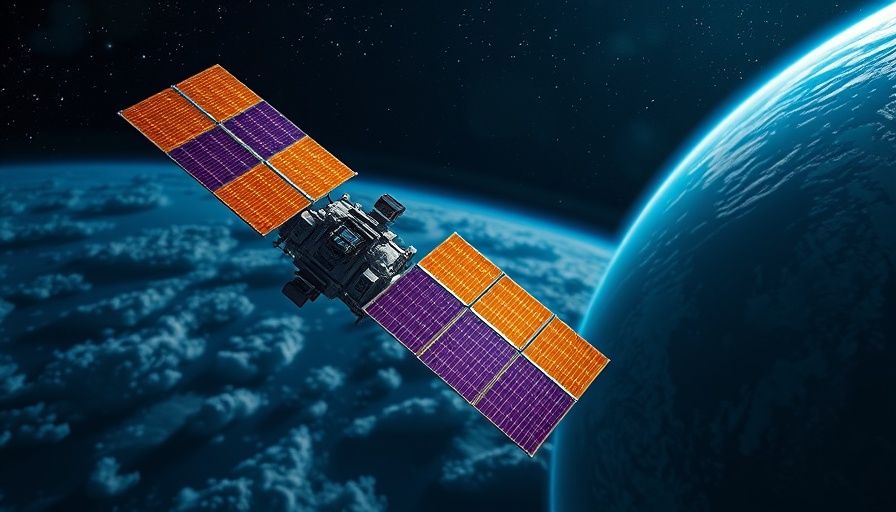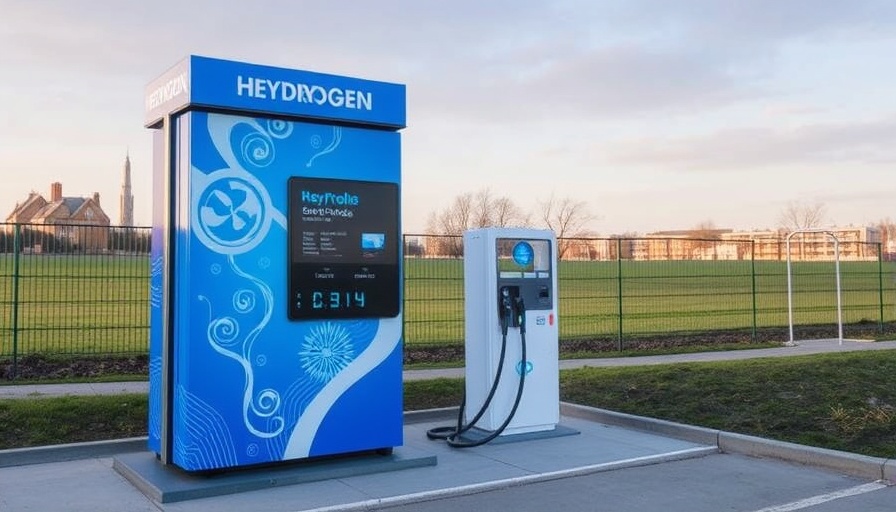
Understanding Atomic 6's Revolutionary Solar Technology
Atomic 6 has recently secured a significant $2 million Tactical Funding Increase (TACFI) from the U.S. Space Force's Space Systems Command, aimed at advancing the development of its innovative Light Wing solar array technology. This strategic funding marks a pivotal moment in solar technology, especially in the context of both commercial and defense applications.
Key Features of the Light Wing Solar Array
The Light Wing solar array utilizes a cutting-edge composite material and offers more than four times the power-per-kilogram compared to existing solar technologies. This enhanced efficiency positions it as an ideal solution for high-energy orbital tasks such as communication and support for space stations. By minimizing the number of moving parts and incorporating monostable composite hinges, Atomic 6's design emphasizes reliability and operational efficiency, critical for complex space missions.
Importance of Thermal Testing and Validation
To ensure the technology's viability in real-world space conditions, the Light Wing will undergo rigorous testing milestones, including composite material validation and Thermal Vacuum and Vibration testing. These tests are crucial for simulating launch conditions and demonstrating the array's functionality in the harsh environment of space, thereby minimizing deployment failures, which have historically plagued satellite operations.
Strategic Partnerships and Market Relevance
Notably, industry leaders such as former ISS Commander Chris Hadfield and astronaut Dr. Scott Parazynski have joined Atomic 6's advisory board, enhancing the company's credibility in the market. Their experience in space missions adds a valuable dimension to the development process, ensuring that the products meet the rigorous demands of space exploration.
Commercial Applications and Future Opportunities
Atomic 6's collaboration with Sidus Space to provide Light Wing arrays for commercial lunar data centers signifies a growing interest and investment in advanced solar technology. This partnership positions Atomic 6 at the forefront of innovation for cislunar and orbital applications, forthcoming as the demand for efficient and powerful solar solutions continues to rise in both military and civilian markets.
Potential Economic Impacts and Insurance Considerations
Price Forbes, an insurance broker under Lloyd's of London, is already assessing the newfound technology for its potential to help reduce premiums for satellite operators using the Light Wing technology. This could stabilize costs in the emerging satellite industry, encouraging broader adoption.
Conclusion: A Leap Forward for Solar Energy Technology
Atomic 6 is forging ahead with the Light Wing as a groundbreaking technology that not only enhances the efficiency of solar arrays but also underpins the future of space missions and satellite technology. As the company prepares to meet its ambitious development timeline, stakeholders in the solar industry, from businesses to homeowners, should closely monitor these advancements. The trajectory of this project could reshape not only the commercial landscape but also reinforce the vitality of solar energy as a driving force in our quest for greener solutions.
As this technology progresses, it stands as a reminder of the exciting possibilities that lie ahead in the intersection of solar energy and space exploration. Actively following projects like Atomic 6's can provide invaluable insights for those looking to invest in solar energy solutions.
 Add Row
Add Row  Add
Add 






Write A Comment